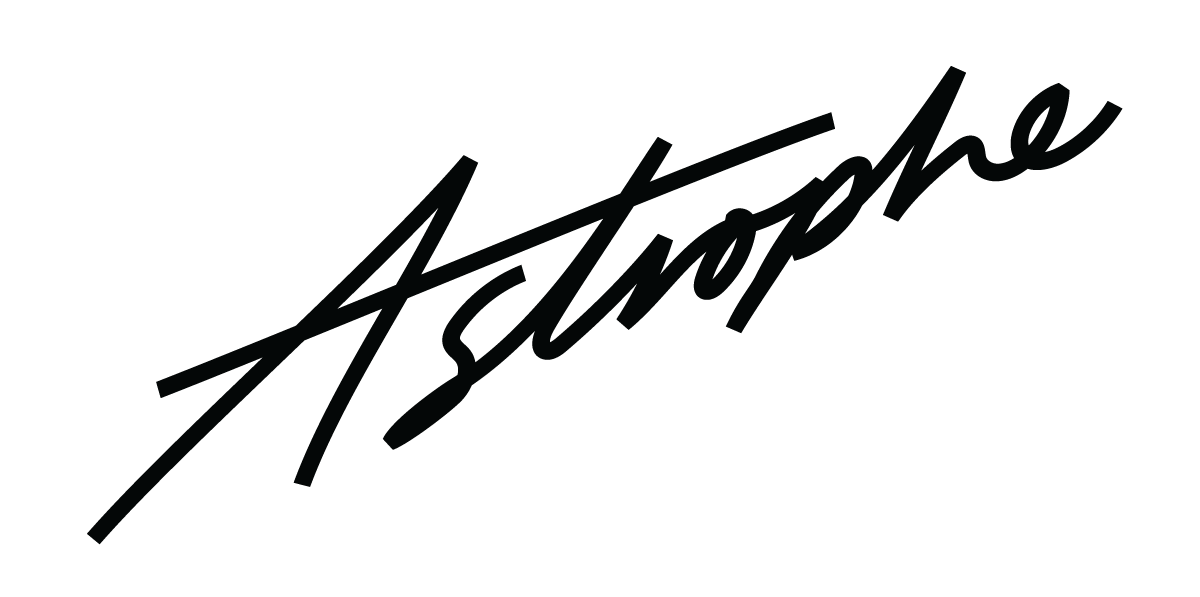REWRITING THE SCARS OF HISTORY: WACKIE JU AFW 2024 “002 SAVIOUR”
Wackie Ju’s 2024 runway opens with sound.
The audience’s pre-show murmurs gradually mix with a low rumbling and the cawing of birds.
Soon, battle horns are heard, followed by smashing glass and distant screaming. An elongated shriek morphs into white noise as the first model appears, their white cape billowing to reveal nothing but blood-red lingerie underneath.
Violence is part of this narrative.
Despite the sense of comfort evoked by the title “Saviour” and the gentle mountain imagery of the pre-show campaign, visceral suffering is central to Jackie Wu’s (the faceless architect behind Wackie Ju) second runway. Ever the intimate artist, Wu cites their childhood near Yuanmingyuan as the collection’s starting point. In particular, the Palace ruins after being pillaged by Western colonial powers during the 19th century Opium Wars.
“Yuanmingyuan was one of the first royal landscapes that hybridised Eastern and Western techniques and aesthetics,” Wu tells Harper’s BAZAAR before the show. “The ruined park monumentally marks the brutality and tragedy of colonisation.”
This East-West fusion and subsequent tension is evidenced in Wu’s design choices. Visual references range from traditional Chinese garments like the Hanfu and Tang suit, to Elizabethan collars and modern businessman ties. Juxtaposition is everywhere: voluminous robes layered over lace underwear, mini-dresses cut from Mongolian fur, and structured suit sets in a sheer, muslin-like fabric. Harmonised by a delicate colour palette of whites, pearl blue and red, Wu melds East and West, old and new.
Wu’s narrative builds through their models, who act as more than mere vessels for clothing. A warrior smeared in clay, a mother clutching her chest, a shaman shaking his hands over the crowd—they are emotional and dynamic, characters in a performance. Whether solemn, reverent, erratic or militant, their direct gaze is confronting.
This culminates in the show’s finale, featuring Rowena Xi Kang in a high-neck, feathered dress. Her angular face is accented with red and gold jewels, her jet-black hair swept back and gelled to resemble a bird’s wings. As she walks, her movements become increasingly exaggerated and unsteady, as if struggling against strong wind.
All of a sudden, red lights flash and sirens blare as Kang is assaulted by figures in black who viciously tear at her dress, stripping her to reveal a white and red splattered gown. It’s a violent and evocative scene with parallels to the 1860 assault on Yuangminyuan, looted and burned to the ground over multiple days.
But this is no one-dimensional tale of victimisation. After her assault, Kang remains upright, chest proud and arms outstretched as a beam of light showers onto her from above. The earlier drums are replaced with a triumphant orchestral soundtrack as Kang stands defiant, majestic in her bloody beauty.
“This collection is about questioning the modern-day saviour complex, especially the false media portrayal of political issues and ‘justice’ causing detriment,” explains Wu. Rather than telling us what it means to be a saviour, Wu problematises the term and forces us to question our views on what it means to be a saviour, and who needs to be saved.
It’s interesting that despite its conceptual and historical richness, Wu withholds the collection’s inspiration from the audience on the day via an absence of show notes. Instead, viewers are given the freedom to speculate and interpret, allowing their designs to resonate organically. The stylist seated next to me wipes her eye during the finale and whispers to her friend, “I think it’s about acceptance of cultural and queer identity.”
Regardless of interpretation, Wu’s runway is a celebration of identity, pain and triumph. “I want to capture the confronting feeling of the beauty and the sorrow, the tragedy and the desolation […] this collection is about honouring my heritage and my culture,” says Wu.
As the show closes, the designer themselves emerges as a masked figure, humbly receiving the audience’s raptuous applause and standing ovation. As the models make their way off stage, Wu falls in step beside Kang, takes her hand in theirs, and kisses it tenderly.



















